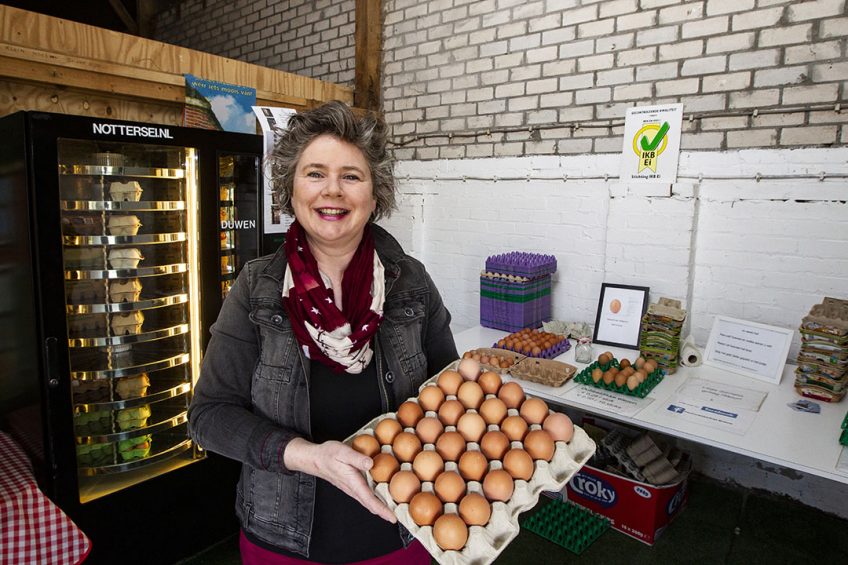Spain: Poultry meat down, eggs up

The disruption in the hospitality and tourism sectors, together with a weaker export demand following the Covid-19 pandemic, has negatively impacted the Spanish poultry meat sector.
Spanish poultry meat producers anticipate that in 2020, chicken production will lower about 5% and turkey production by 10%, and that egg production will increase 3%.
In 2019, Spain produced 1.7 million tonnes of poultry meat, up 6% from 2018. Over the last 5 years, in response to consumer demands and trends within the US, Spain has slowly increased its production of organic chicken and slow-growth chicken. In 2019, Spain’s poultry meat production represented 13% of the total EU-27 poultry meat production, following Poland and surpassing Germany and France. Around 80% of Spain’s total poultry meat is chicken meat.
Value-added chicken
In the past year, the sector has been restructuring towards the manufacturing of value-added chicken products in response to the rising popularity of ready-to-eat and ready-to-cook chicken compared to raw chicken meat.
Poultry trade
In 2019, Spain imported 111,000 tonnes of chicken meat. A total of 85% of total imports came from other EU countries and is valued at US$ 263 million. Outside the EU, Brazil is the top chicken supplier to Spain. As an EU member, Spain prohibits the import of chlorine-washed chicken meat. This remains a long-standing trade barrier for US chicken exports to Spain (and the rest of the EU).
Exports represent only about 15% of domestic chicken production, mainly to the EU. Last year, Spain’s chicken exports were 190,000 tonnes and valued at US$ 340 million. Around 45% of Spanish chicken exports are destined for non-EU markets, mainly South Africa and Sub Sahara countries. The Spanish poultry sector is starting to work on opening the Asian market, following the success of Spanish pork in the region. During the first quarter of 2020, the volume of Spain’s chicken imports declined 11% and the volume of exports declined 18%. The drop in chicken exports to the EU, and the contraction of household consumption increased domestic supply and led to a sharp 15% drop in the average Spanish chicken price in April compared to March.
 Global poultry industry case studies
Global poultry industry case studies
Taking a deeper look into poultry production worldwide
Chicken eggs
In 2019, the number of laying hens in Spain increased 5% to 45.8 million at 1,323 farms. Spanish table eggs production represents 11% of total EU table egg production. Spanish production of table eggs is around 850,000 tonnes, or about 1,000 million dozen eggs. Over the last 5 years, alternative methods for Spanish egg production (organic, free-range, etc.) have risen at the expense of caged hens in response to consumer demand. In 2019, Spanish caged hens represented 77% of the total laying hens, a 6% reduction compared to the previous year.
Egg trade
In 2019, Spain’s imports of US eggs were valued at US$ 5 million, primarily chicken eggs for incubation. This trade held steady during the first quarter of 2020. Spain exports around 15% of its total table egg production mainly to other EU member states as Spanish production and consumption is self-sufficient. Outside the EU, Spain exports of table eggs are mainly destined for Africa. Spain is also a key global supplier of hatching eggs, mainly exporting to Russia and the Middle East.
The mandated lockdown in response to the Covid-19 outbreak had a positive impact on the Spanish egg industry. The increase in household egg consumption supported the upward trend in egg prices that began in December 2019. As a result, the average annual rate for Spanish egg prices remains 15% higher than the previous year. The Spanish egg industry anticipates that egg production may increase 3% this year.













